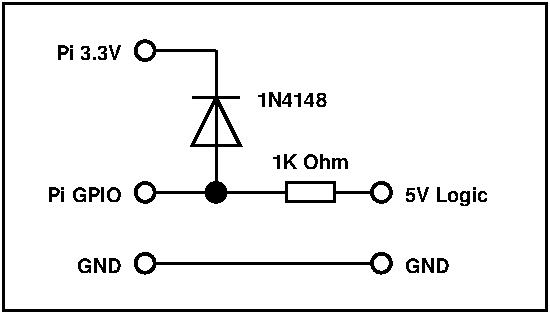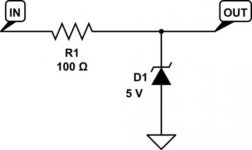m_thompson
Veteran Member
I have the PDP-8/e processor at home so I can start on the Omnibus Peripheral Emulator project. This is an expansion of the Posibus Paper Tape Reader emulator that I made for the 8/L.
I have a Douglas quad prototype board that will hold the AM26S10 bus transceivers and an Emcraft development board. The Emcraft development board holds the Actel SmartFusion FPGA that includes an ARM Cortex-M3 running embedded Linux. I put the paper tape reader interface from the PC8-E reader/punch controller in the FPGA. This interface includes the address and IOT decoders, flag registers, and data latches. The data latches and flags are connected to a GPIO port on the ARM's I/O bus. A Linux device driver provides the interface between the PC8-E reader logic in the FPGA and a Linux device. An application running under Linux reads a flash file image and feeds it to the Linux device driver.
Once I get the paper tape reader to work, I can add emulation for any Programmed I/O device on the Omnibus. That includes DECtapes and Diskettes.
If I get more adventurous I could implement data-break peripherals like disk drives and 1/2" mag tape.
I will keep you posted on the progress.
I have a Douglas quad prototype board that will hold the AM26S10 bus transceivers and an Emcraft development board. The Emcraft development board holds the Actel SmartFusion FPGA that includes an ARM Cortex-M3 running embedded Linux. I put the paper tape reader interface from the PC8-E reader/punch controller in the FPGA. This interface includes the address and IOT decoders, flag registers, and data latches. The data latches and flags are connected to a GPIO port on the ARM's I/O bus. A Linux device driver provides the interface between the PC8-E reader logic in the FPGA and a Linux device. An application running under Linux reads a flash file image and feeds it to the Linux device driver.
Once I get the paper tape reader to work, I can add emulation for any Programmed I/O device on the Omnibus. That includes DECtapes and Diskettes.
If I get more adventurous I could implement data-break peripherals like disk drives and 1/2" mag tape.
I will keep you posted on the progress.




